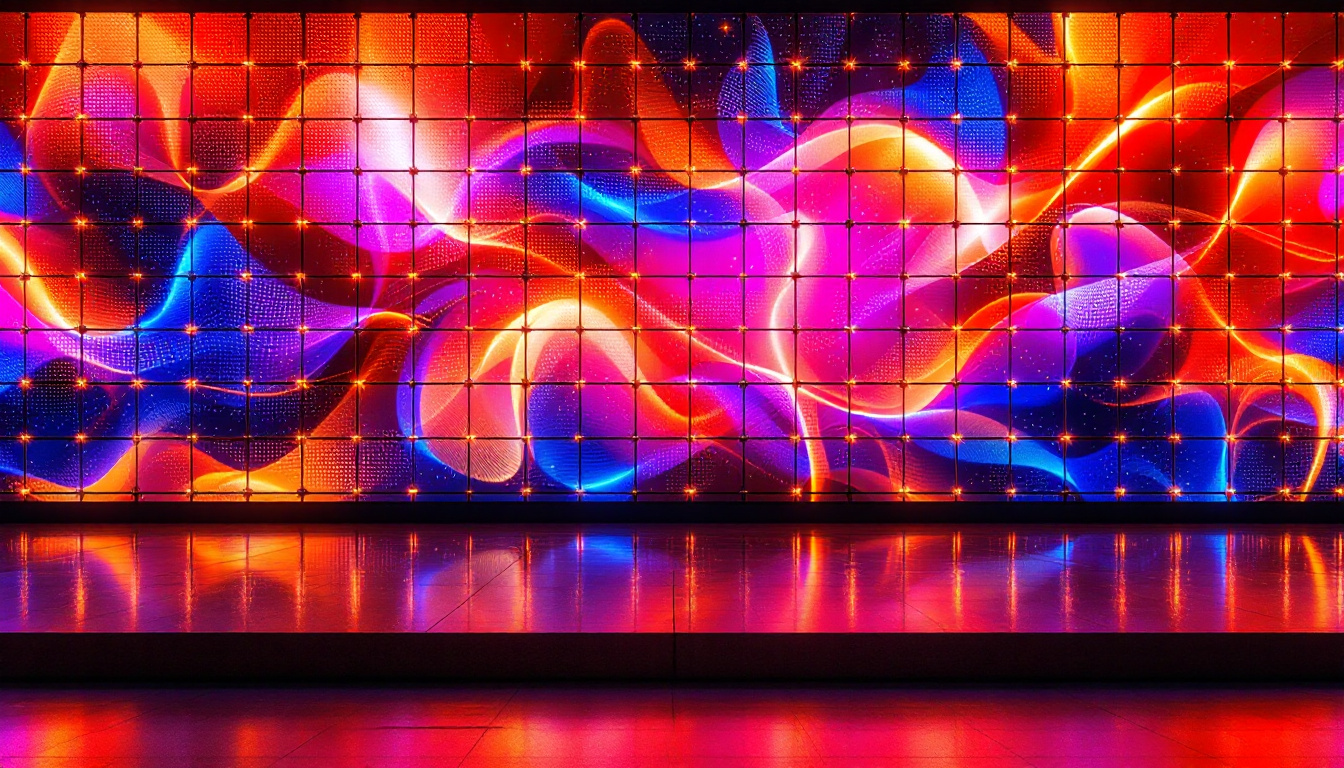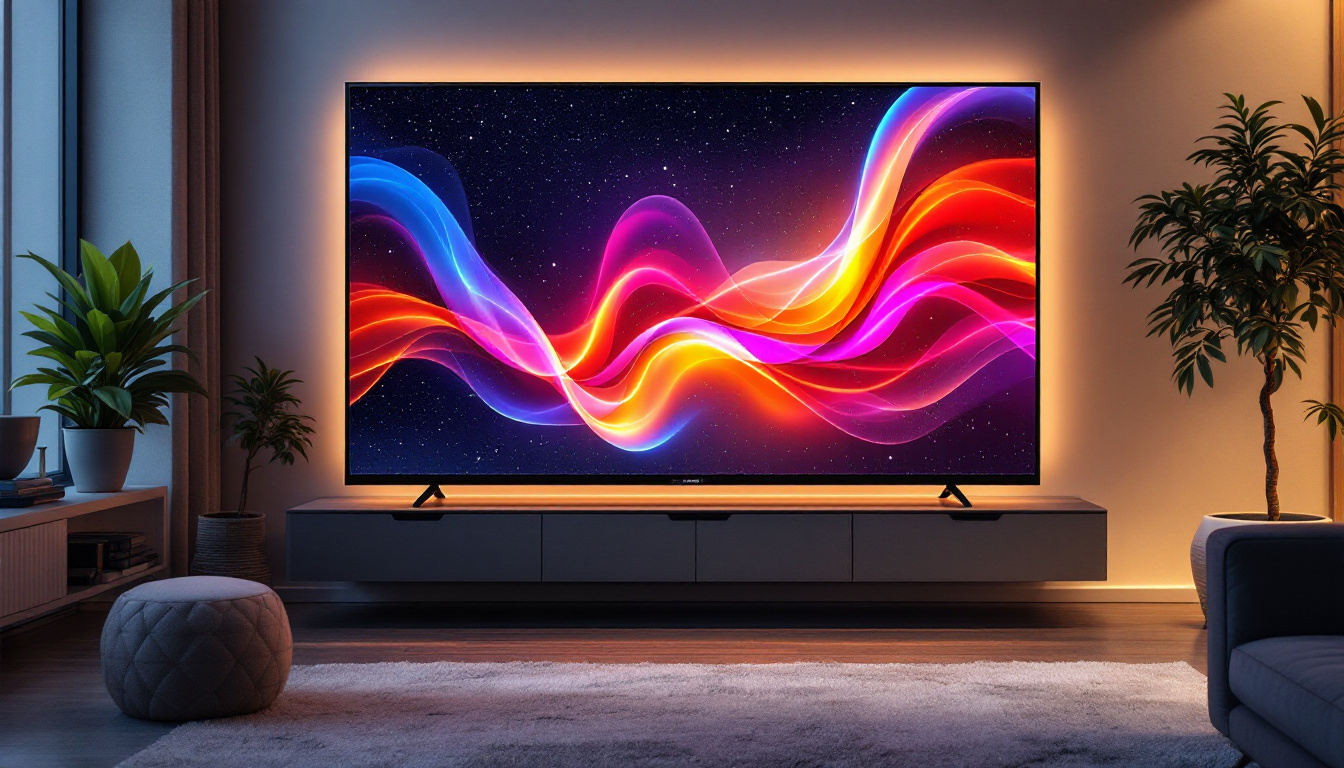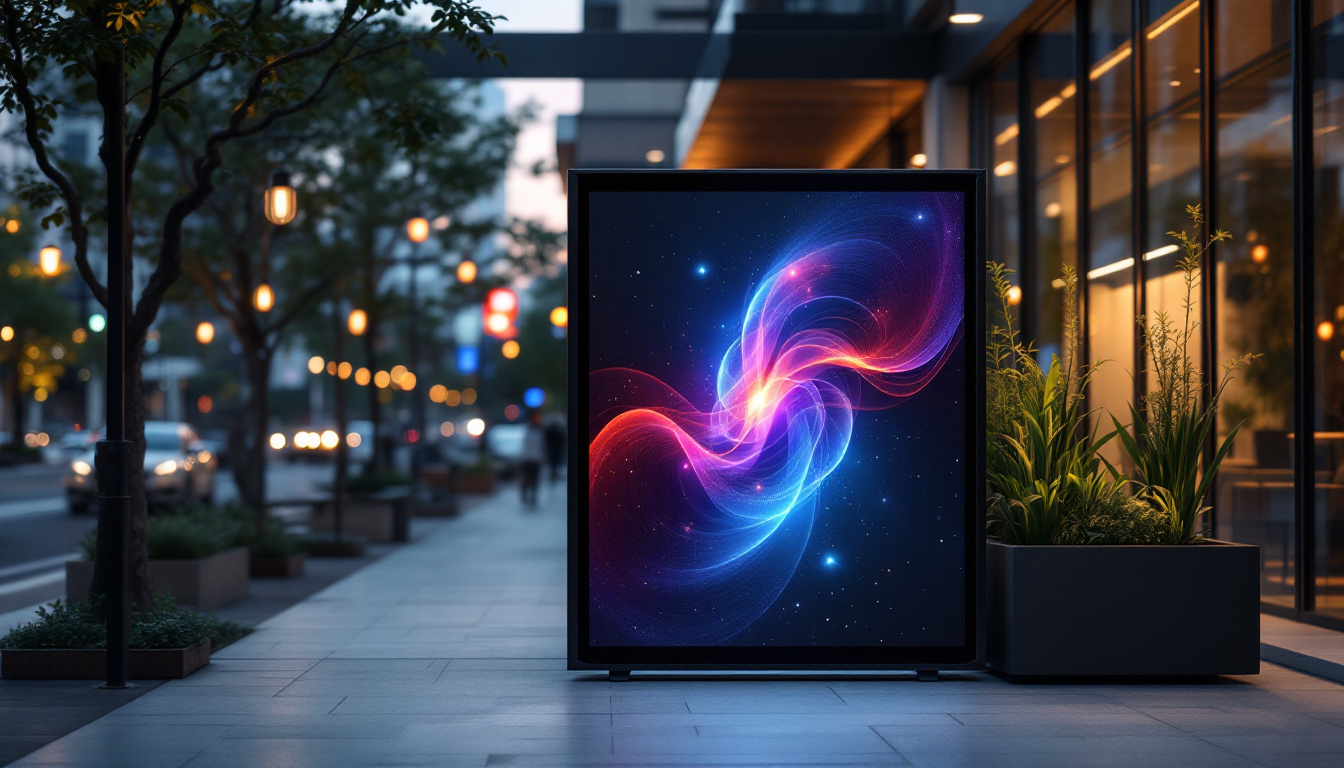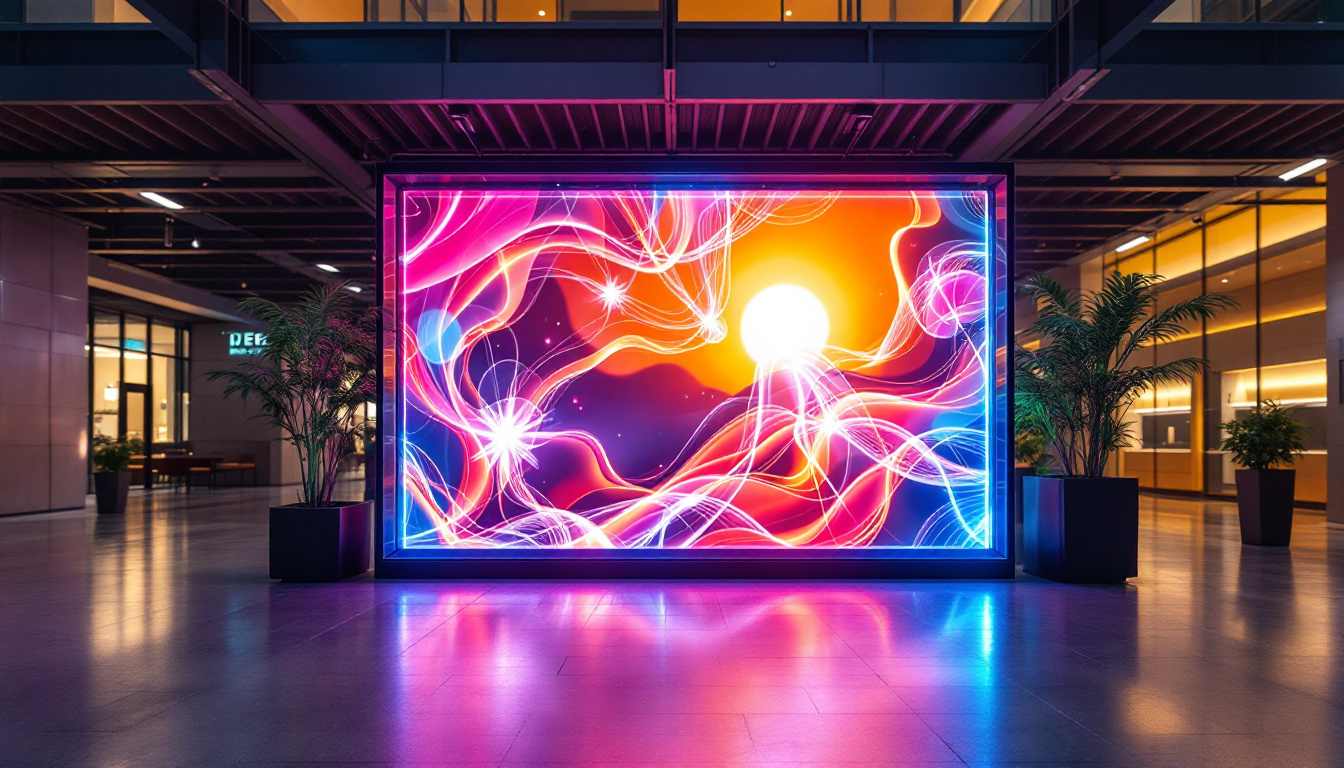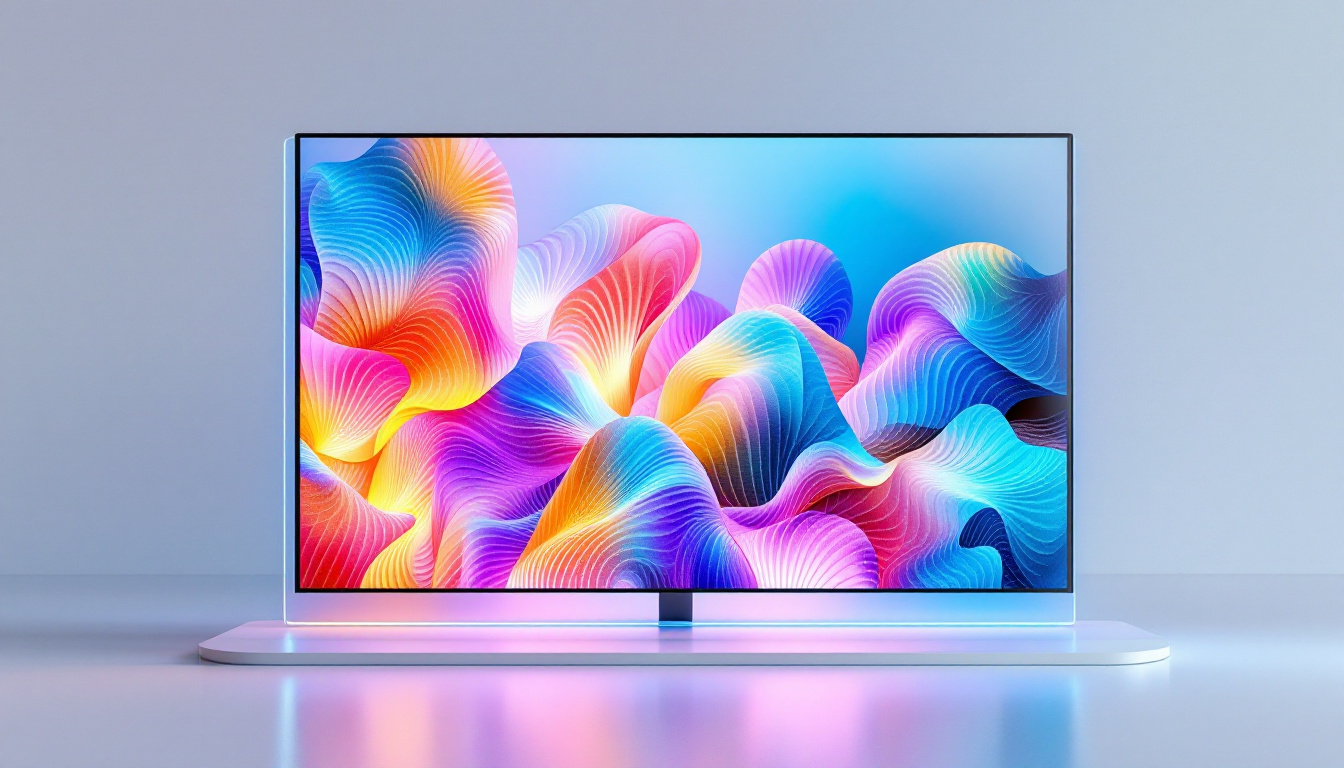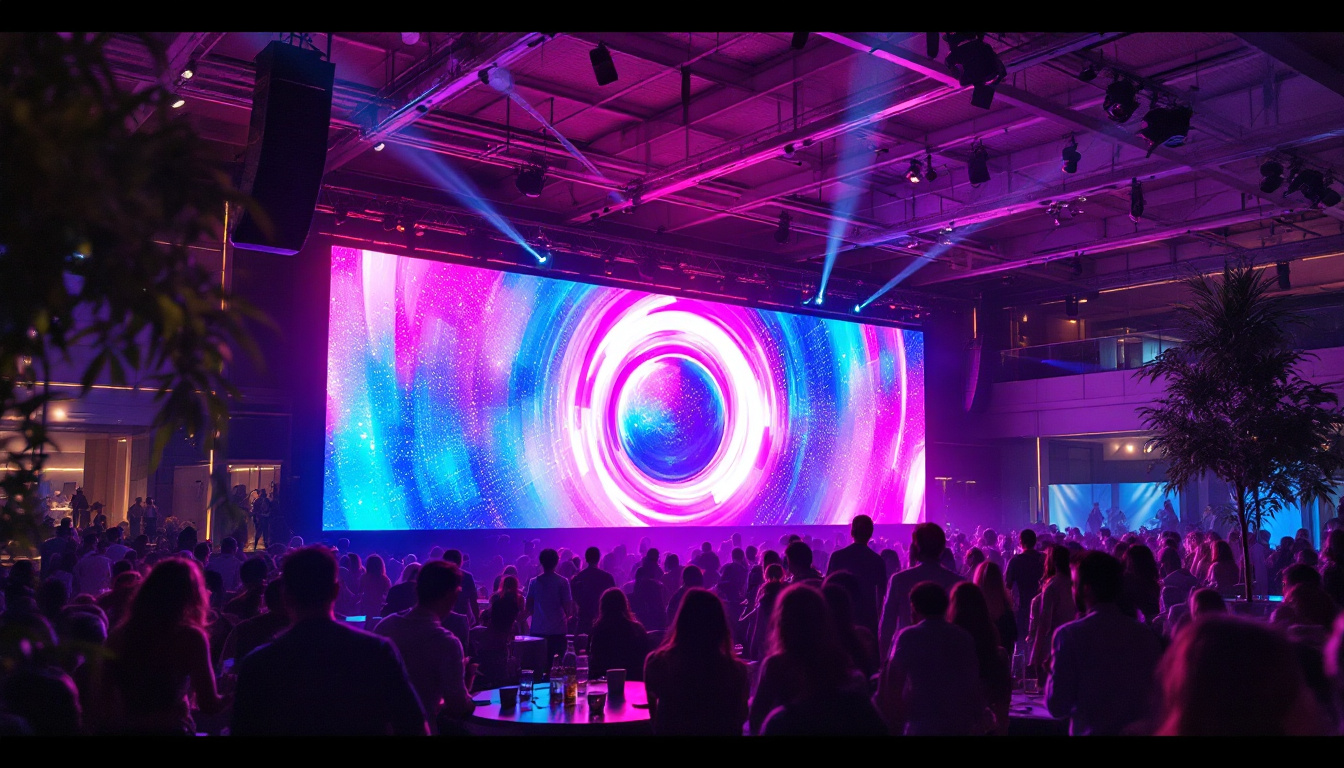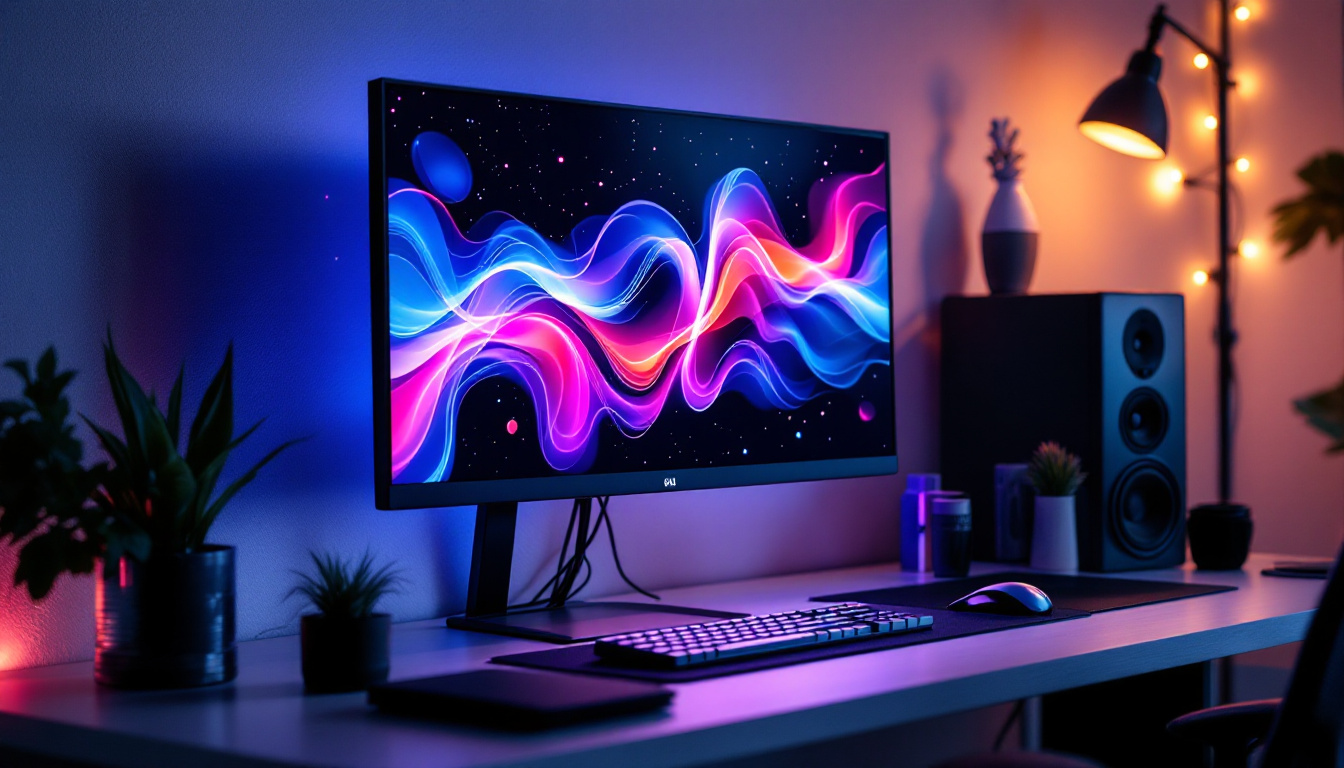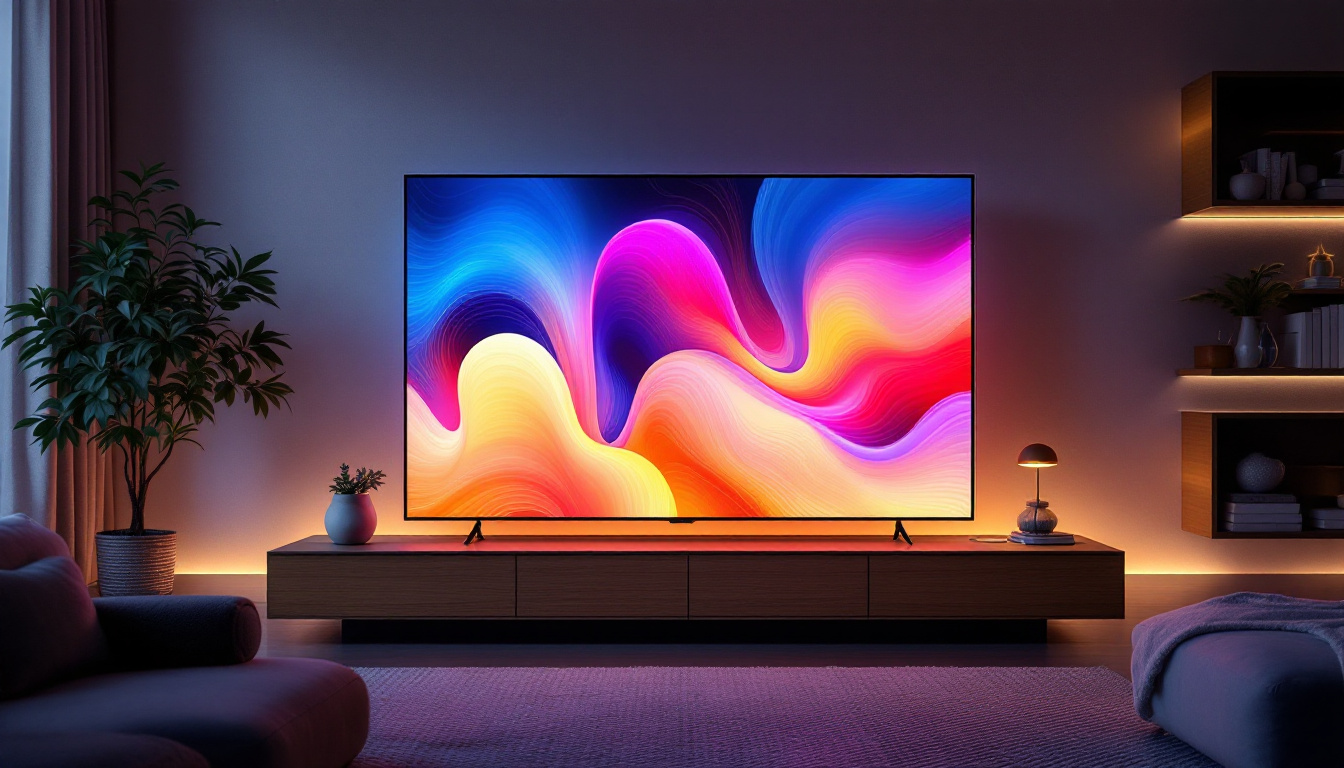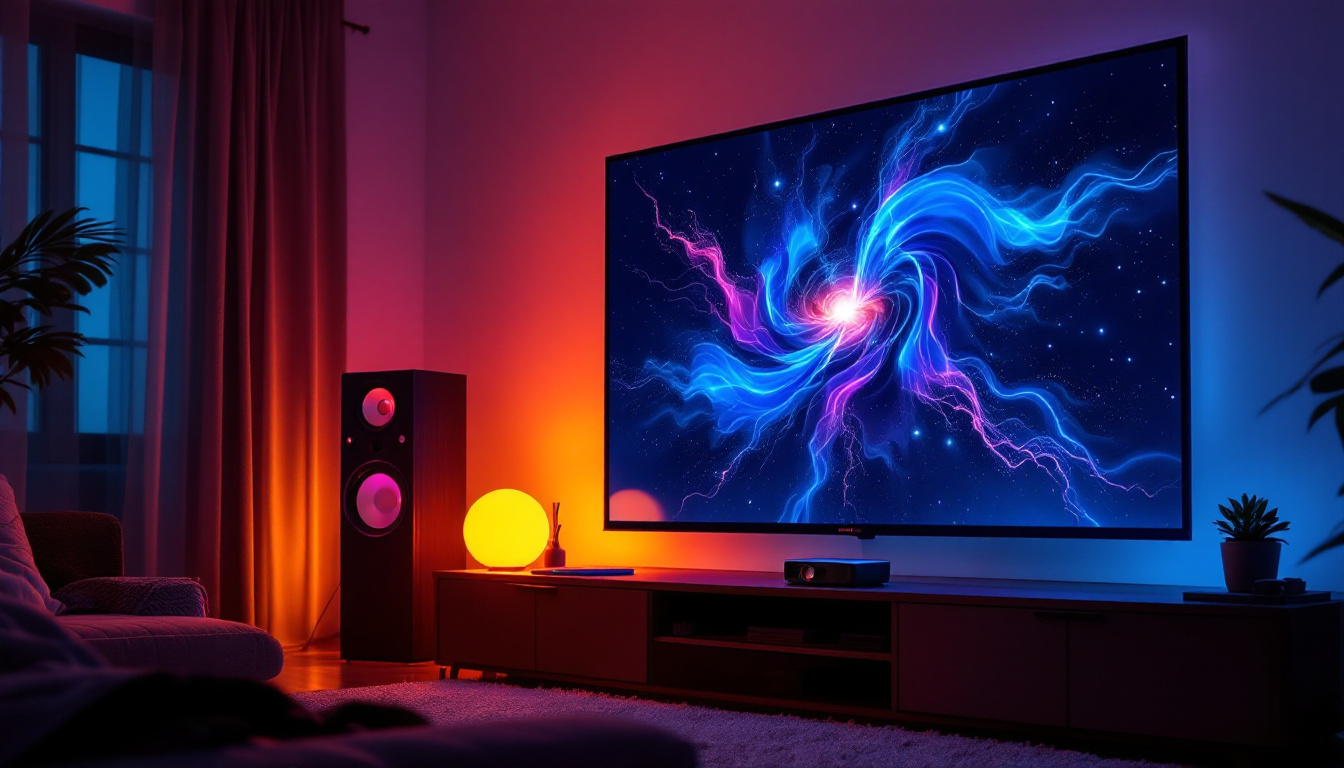In the realm of mathematics and computer science, the concept of a convex set holds significant importance. It serves as a fundamental building block for various applications, including optimization problems and graphical representations. This article delves into the definition of a convex set, its properties, and its application in the context of LED displays, providing a comprehensive understanding of how these concepts intertwine.
Understanding Convex Sets
A convex set is a subset of a vector space that satisfies a specific geometric property: for any two points within the set, the line segment connecting them also lies entirely within the set. This property is crucial for various mathematical and engineering applications, particularly in optimization and computational geometry. The significance of convex sets extends beyond pure mathematics; they are foundational in fields such as economics, where they help model preferences and utility functions, and in machine learning, where they are used to define loss functions and decision boundaries.
Definition of Convexity
Mathematically, a set \( C \) in a vector space is defined as convex if, for any two points \( x \) and \( y \) in \( C \), the following condition holds:
\[ \theta x + (1 – \theta) y \in C \quad \text{for all } \theta \in [0, 1] \]
This means that any point on the line segment joining \( x \) and \( y \) can be expressed as a convex combination of these points. The simplest examples of convex sets include line segments, triangles, and higher-dimensional shapes like spheres and cubes. Beyond these basic shapes, more complex examples such as ellipsoids and polyhedra also fall under the category of convex sets, showcasing the diverse nature of convexity in different dimensions and contexts.
Properties of Convex Sets
Convex sets possess several intriguing properties that make them useful in various fields:
- Closure under Convex Combinations: As mentioned earlier, any convex combination of points in a convex set remains within the set.
- Intersection: The intersection of two convex sets is also convex. This property is particularly useful in optimization problems where feasible regions are defined by multiple constraints.
- Convex Hull: The convex hull of a set of points is the smallest convex set that contains all the points. This concept is widely used in computational geometry.
Additionally, convex sets exhibit a unique relationship with linear functions. Any linear function defined over a convex set will achieve its maximum and minimum values at the boundary of the set, a property that simplifies many optimization problems. This characteristic is often leveraged in linear programming, where the goal is to maximize or minimize a linear objective function subject to linear constraints, all of which can be visualized as convex sets in a multidimensional space. Furthermore, convex sets are also essential in game theory, where they help define strategies and outcomes in competitive scenarios, leading to more efficient decision-making processes.
Applications of Convex Sets
Convex sets find applications across various domains, from economics to engineering. One of the most notable applications is in optimization, where the goal is to find the best solution from a set of feasible solutions. In this context, convex sets help ensure that local optima are also global optima, simplifying the search process.
Optimization Problems
In optimization, many problems can be framed in terms of convex sets. For instance, linear programming problems involve optimizing a linear objective function subject to linear constraints, which define a convex feasible region. The properties of convex sets ensure that any local maximum or minimum is also a global maximum or minimum, making it easier to find optimal solutions.
Convex optimization techniques have become essential in various fields, including finance, logistics, and machine learning. Algorithms such as gradient descent leverage the properties of convex sets to efficiently converge to optimal solutions.
Computer Graphics and Visualization
In computer graphics, convex sets play a crucial role in rendering and visualization. Many graphical representations, including polygons and meshes, can be analyzed using convexity properties. For instance, when rendering 3D objects, understanding the convex hull can help in efficiently determining visibility and shading.
Moreover, convex sets are instrumental in collision detection algorithms, where it is essential to determine whether two objects intersect. By approximating complex shapes with simpler convex shapes, computational efficiency is significantly enhanced.
LED Displays: A Practical Application of Convex Sets
LED displays are ubiquitous in modern technology, found in everything from televisions to digital billboards. Understanding the underlying principles of convex sets can provide insights into how these displays function and are optimized for performance.
Structure of LED Displays
LED displays consist of numerous light-emitting diodes arranged in a grid pattern. Each diode emits light when an electric current passes through it, allowing for the creation of images and videos. The arrangement of these diodes can be analyzed through the lens of convex sets, particularly when considering the display’s resolution and aspect ratio.
The resolution of an LED display is determined by the number of pixels it contains, which can be represented as points in a convex set. The aspect ratio, defined as the ratio of the width to the height of the display, further constrains the arrangement of these points, ensuring that the display maintains its intended shape.
Color Representation and Convexity
Color representation in LED displays is another area where convex sets are relevant. Colors can be represented in a three-dimensional space known as RGB (Red, Green, Blue) color space, where each color corresponds to a point in this space. The set of all possible colors that can be displayed by an LED screen forms a convex set.
When mixing colors, the resulting color is a convex combination of the primary colors. For example, combining red and green light to create yellow can be visualized as a point on the line segment connecting red and green in the RGB color space. This property allows for smooth transitions and blending of colors in LED displays, enhancing the viewing experience.
Challenges and Innovations in LED Display Technology
As technology advances, the challenges associated with LED displays continue to evolve. Understanding the principles of convex sets can aid in addressing these challenges and driving innovations in display technology.
Improving Brightness and Efficiency
One of the primary challenges in LED display technology is achieving higher brightness levels while maintaining energy efficiency. By optimizing the arrangement of diodes and employing advanced algorithms based on convex optimization, manufacturers can enhance the display’s performance without significantly increasing power consumption.
For instance, using convex optimization techniques, designers can determine the optimal placement of diodes to maximize brightness while minimizing energy usage. This approach not only improves the visual quality of the display but also contributes to sustainability efforts.
Enhancing Resolution and Pixel Density
Another significant challenge is the demand for higher resolution and pixel density in displays. As consumer expectations rise, manufacturers must find ways to pack more pixels into the same physical space. This challenge can be approached using concepts from convex geometry.
By analyzing the convex hull of a given set of pixels, designers can identify the most efficient arrangement of pixels that maximizes resolution while minimizing the risk of visual artifacts. This method allows for the creation of displays that deliver stunning image quality without compromising on size or performance.
Future Trends in LED Display Technology
The future of LED display technology is bright, with numerous trends emerging that promise to revolutionize the industry. Understanding the role of convex sets in these advancements can provide valuable insights into what lies ahead.
Flexible and Transparent Displays
Flexible and transparent displays are gaining traction in various applications, from wearable technology to architectural installations. The design and optimization of these displays rely heavily on the principles of convex sets, particularly in defining the shape and arrangement of pixels.
By leveraging convex geometry, engineers can create displays that conform to various surfaces while maintaining optimal performance. This innovation opens up new possibilities for integrating displays into everyday objects, enhancing user interaction and experience.
Integration with Augmented Reality
As augmented reality (AR) technology continues to evolve, the integration of LED displays with AR systems presents exciting opportunities. Convex sets play a crucial role in rendering virtual objects in real-time, ensuring that they blend seamlessly with the physical environment.
By employing convex optimization techniques, developers can enhance the accuracy and responsiveness of AR displays, creating immersive experiences that captivate users. This integration is set to redefine how we interact with digital content, blurring the lines between the virtual and physical worlds.
Conclusion
In summary, the concept of a convex set is a fundamental principle that underpins various applications in mathematics, computer science, and engineering. Its relevance extends to the realm of LED displays, where understanding convexity can lead to innovations in design, performance, and user experience. As technology continues to advance, the interplay between convex sets and LED display technology will undoubtedly shape the future of visual communication.
By embracing the principles of convexity, manufacturers and designers can push the boundaries of what is possible, creating displays that are not only visually stunning but also efficient and sustainable. The journey of exploring convex sets and their applications is far from over, and the future holds exciting possibilities for those willing to delve into this fascinating field.
Explore the Future of LED Displays with LumenMatrix
Ready to experience the cutting-edge of LED display technology? LumenMatrix is at the forefront of innovation, offering a wide array of LED display solutions that bring your visual communications to life. From captivating Indoor LED Wall Displays to dynamic Outdoor LED Wall Displays, and from versatile Vehicle LED Displays to sleek LED Poster Displays, our products are designed to captivate your audience and amplify your message. Discover how LumenMatrix can transform your space and engage viewers by checking out our LED Display Solutions today.

















